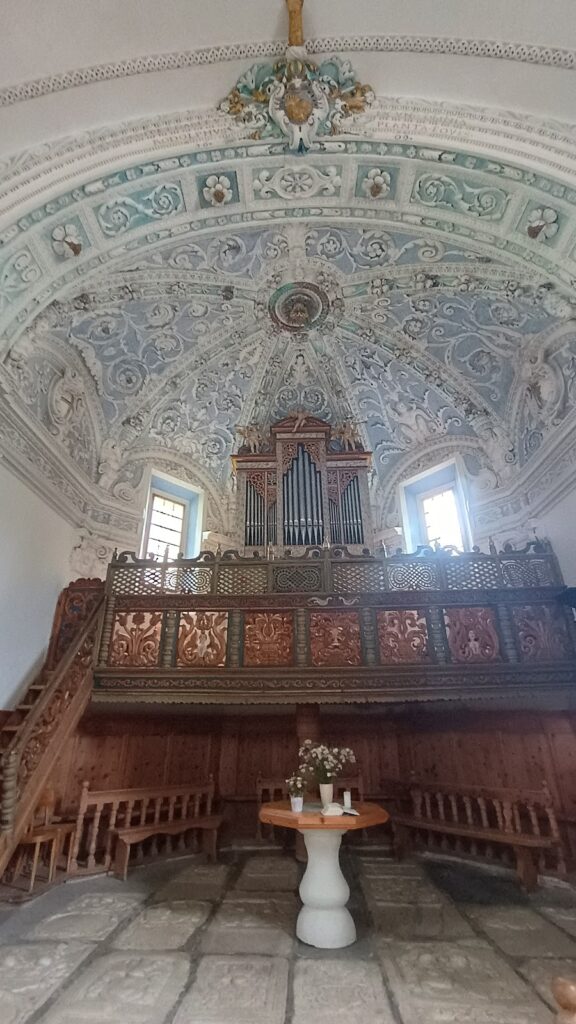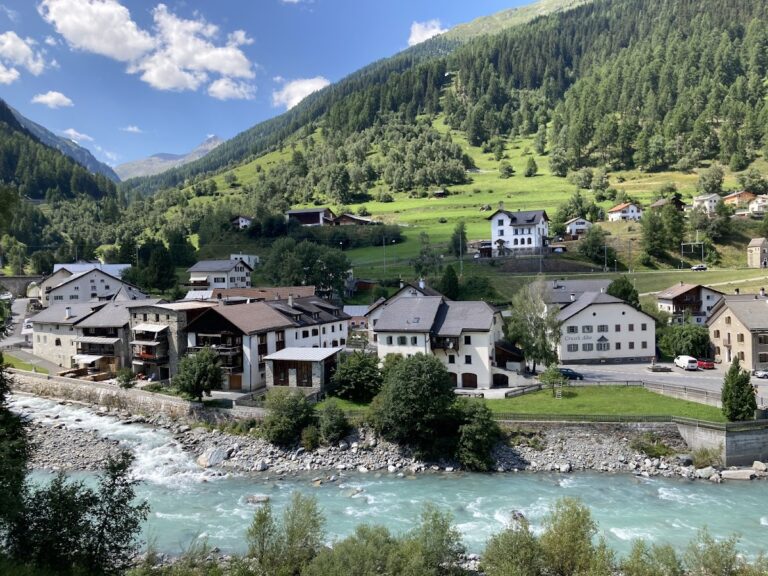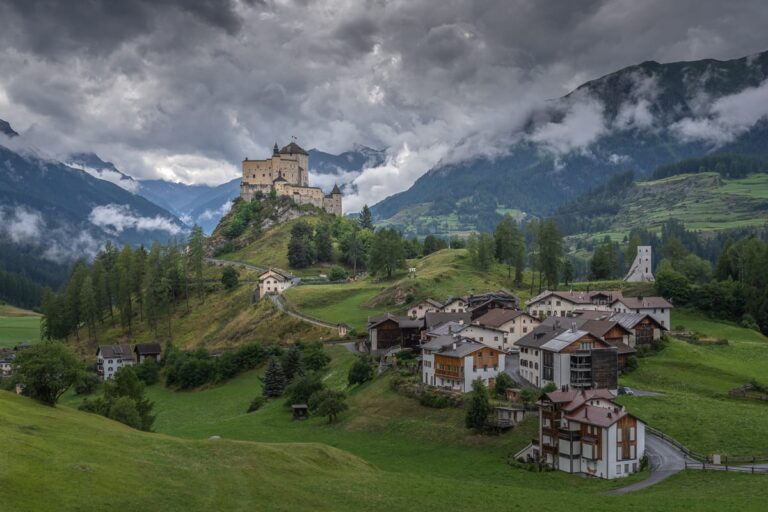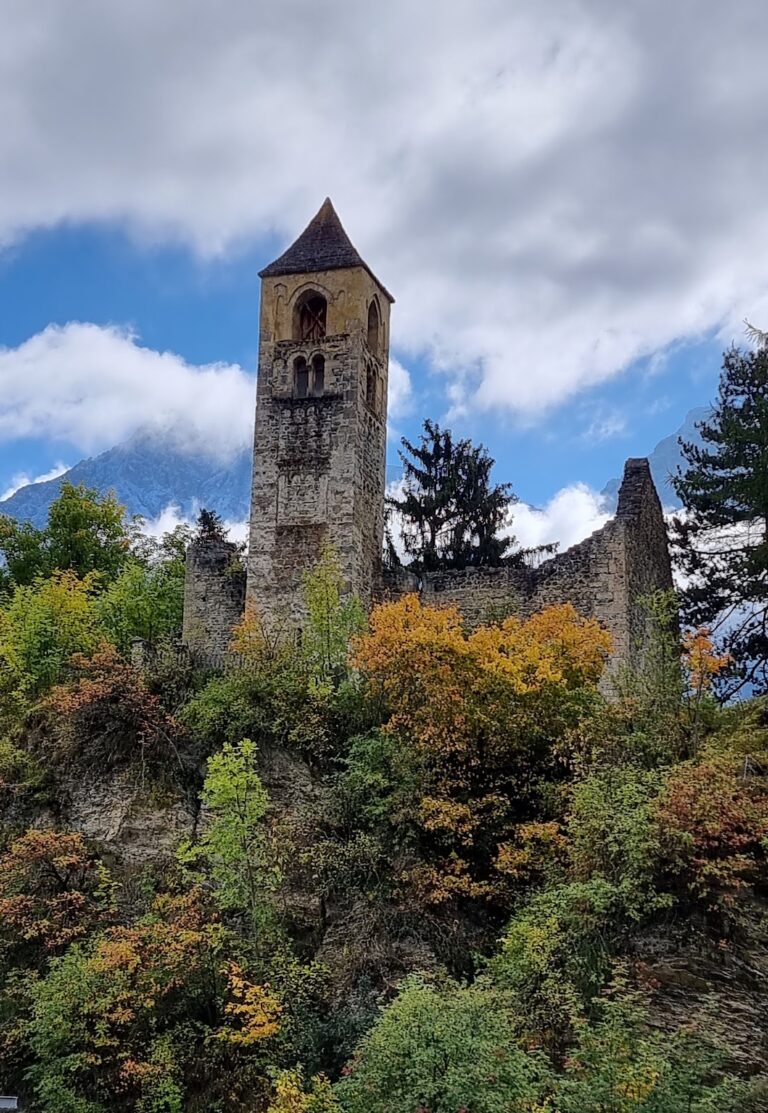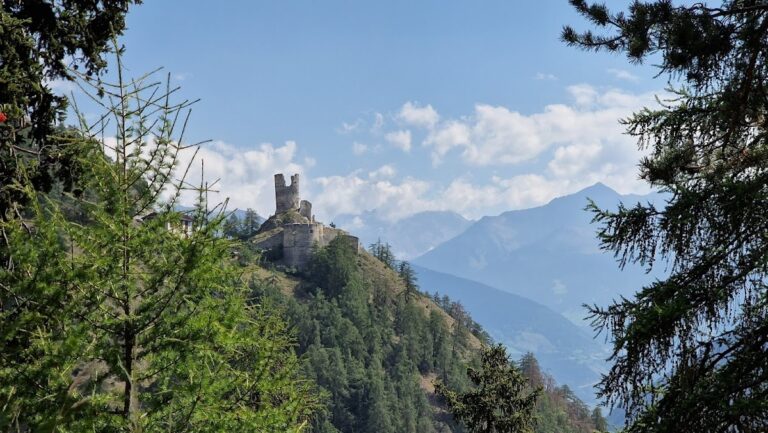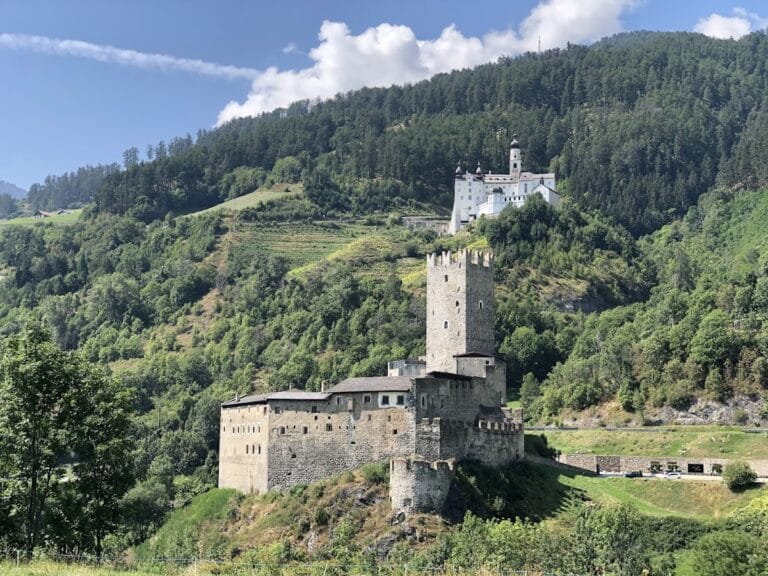Wildenberg Castle: A Historic Fortress and Administrative Center in Zernez, Switzerland
Visitor Information
Google Rating: 4.3
Popularity: Very Low
Google Maps: View on Google Maps
Official Website: www.engadin.com
Country: Switzerland
Civilization: Unclassified
Remains: Military
History
Wildenberg Castle stands in the municipality of Zernez, Switzerland, and was erected in the late 13th century by local nobility. The fortress was initially established by the Wildenberg family, a branch related to the Greifenstein lineage, with records dating back to around 1280.
During the closing years of the 13th century, the castle entered into a relationship with the Bishopric of Chur, who by 1296 secured the right to derive tithes from the Wildenberg estate. These revenues were pledged to the Lords of Planta, an influential local family. By the 14th century, the Bishop of Chur had taken ownership of Wildenberg Castle itself, while the Planta family held it as custodians.
In 1365, a significant gathering took place within the castle walls, bringing together representatives from communities surrounding Chur. This assembly paved the way for the creation of the League of God’s House in 1367, a regional alliance aimed at curbing the bishop’s authority.
Around the 15th century, the Planta-Wildenberg branch began holding the castle as a permanent fief, amassing considerable wealth through management of bishopric lands and an imperial mining concession. Over time, their political loyalties shifted; at times they opposed the bishop, at others, they allied with the Swiss Confederation in opposition to the Holy Roman Emperor.
In 1618, rising tensions culminated when local villagers, opposing the pro-Habsburg Rudolf von Planta-Wildenberg, besieged and seized the castle. The attackers burned the fortress, forcing Rudolf to flee. He returned several years later in 1622 to rebuild and restore the stronghold.
Subsequent enhancements were undertaken in the mid-17th century and again during the 18th century. The castle remained in the Planta family’s possession until 1856, when it was sold to the Bezzola family. A century later, in 1956, the municipality of Zernez acquired Wildenberg Castle, repurposing it as the town’s administrative center. Between 1989 and 1994, careful restoration work was carried out, and since 2007, the building has served as the home of the Swiss National Park administration.
Remains
Wildenberg Castle presents an L-shaped arrangement focused around a square tower that dates back to its original construction in the 13th century. This tower was built primarily for defense, featuring sturdy stone walls typical of medieval fortifications. The lower levels were later modified to include large windows, while the upper floors retain narrow keyhole-shaped arrow slits, designed for archers and dating to around 1630. Crowning the tower today is a curved spire, added during the 18th century.
Attached to the tower are two Baroque residential wings arranged at right angles, which lack defensive elements and reflect the castle’s transformation into a more comfortable residence, particularly after the 1622 rebuilding. These wings underwent further changes in the mid-17th century and later in the 18th century, highlighting ongoing adaptation to evolving tastes and needs.
Within the castle’s L-shape, enclosed gardens are bordered by stone walls on the northwest and southern sides, while a courtyard is ringed by walls on the eastern and northeastern fronts. The gate to this courtyard is adorned with the coats of arms of Hartmann and Flandrina von Planta, dated 1650, signaling the family’s ownership and legacy. Above an external staircase built around 1760, the emblems of Johann von Planta and Maria Jecklin are displayed, adding decorative and genealogical significance.
Inside, a spacious staircase connects the two residential wings. This area is notable for its elaborately decorated ceiling from the 17th century, featuring classical motifs executed in stucco and paint, reflecting the refinement introduced during the periods of reconstruction.
The castle is situated at the eastern edge of Zernez’s old Runatsch district, positioned near both the village’s Protestant parish church and Catholic chapel. Notably, these neighboring religious buildings survived a major fire in 1872 that affected much of the village, underscoring the historical continuity of the area surrounding Wildenberg Castle.

